ROOSTER: The
American Sign Language (ASL) sign for "rooster"
ROOSTER: Tap your forehead twice
with the tip of the thumb of your "three hand."
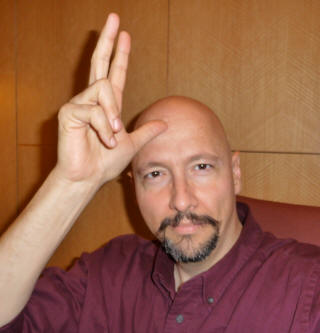
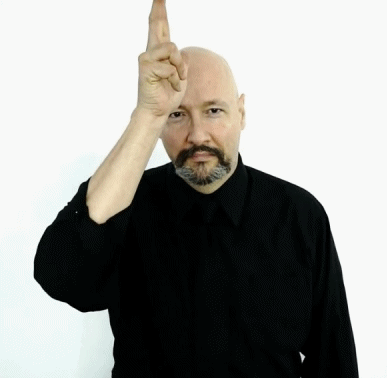
CHICKEN:
*
This is the same sign as "BIRD."
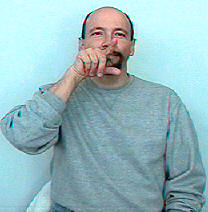
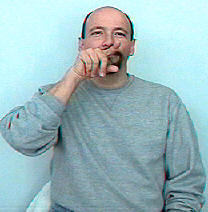
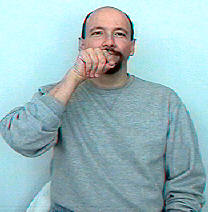
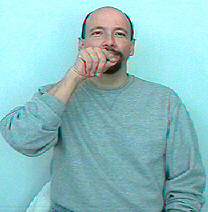
Even though this is the same sign as "BIRD" it is easily understood in context.
If you have to have a difference, you can do the "beak" sign with your right hand and hold your left flat hand palm up in front of you. Then bring the "beak" down to the left hand to represent a chicken pecking for seeds on the ground. After the tip of the beak touches the palm once, pull the beak up about three inches and down again.
In a message dated 9/3/2009 1:54:02 P.M. Pacific Daylight Time, Rmellis5
writes:
Dr. Vicars,
I am confused about the chicken sign. In SC I have seen a different sign used.
Can you tell me if you have seen it and if it is correct? The thumb of the right
hand touches the chin and the first two fingers are sticking up but slightly
crooked and the last two fingers stay bent into the palm. There is also a
tapping of this sign on the chin. Please help.
Thanks, Melanie Ellis
Melanie,
Yes, I've seen that version.
I generally use that to mean "hen." I do my version of hen using a "three"
handshape (the index and middle are not bent) and tap it on the chin twice.
To do rooster, I do that sign on the head.
So, I can certainly see how in your region that the "hen" sign would come to be
used to mean "chicken."
-- Bill
HEN (or in some regions "chicken")


If you want to learn more animal signs, check out:
Notes:
Also see: ANIMALS
*
Want to help support ASL University? It's easy:
DONATE (Thanks!)
* Another way to help is to buy something from Dr. Bill's "Bookstore."
* Want even more ASL resources? Visit the "ASL Training Center!" (Subscription
Extension of ASLU)
* Also check out Dr. Bill's channel:
www.youtube.com/billvicars
You can learn American Sign Language (ASL) online at American Sign Language University ™
ASL resources by Lifeprint.com © Dr. William Vicars